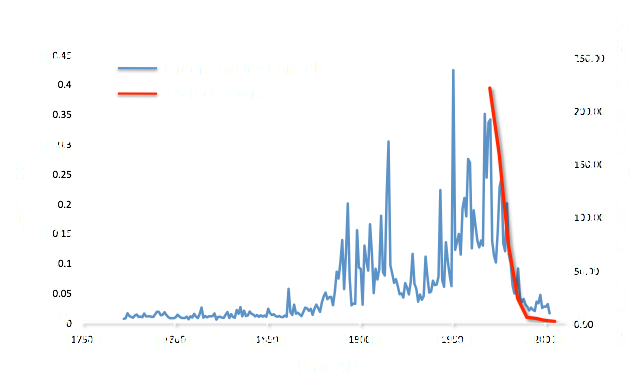ICE CORES: Lead (Pb)








Greenland

Ice Core Sites





Mt. Logan, Canada
Monte Rosa, Switzerland
Lead (Pb) is a metal that can damage organs and tissues in humans and animals. Natural sources of Pb include dust, volcanic emissions, biomass burning, and biogenic activity. It is also common atmospheric pollutant emitted by industrial activity (e.g. coal burning, smelters, metal processing plants, incinerators and leaded gasoline in automobiles). Ice cores from Greenland and Switzerland reveal increases in Pb beginning in the late 1800s. Lead levels rise until the 1970s and then sharply decrease These sites appear to reflect the development and rise of North American and European Pb emissions from industrialization as well as the U.S. and European Air Quality Standards introduced in the mid-1970s which led to reduced atmospheric Pb emissions. Different atmospheric Pb trends are suggested by the Mt. Logan record in the Canadian Northwest where rises begin in the mid-1900s. The increase in Pb concentrations coincide with Chinese industrialization (e.g. coal production) which has rapidly increased since the 1950s. The growth of Chinese industry and the lack of Asian Air Quality policies during the 20th century may explain the differences at the Mt. Logan and Greenland/European sites.
Mt. Logan
Greenland
Monte Rosa















